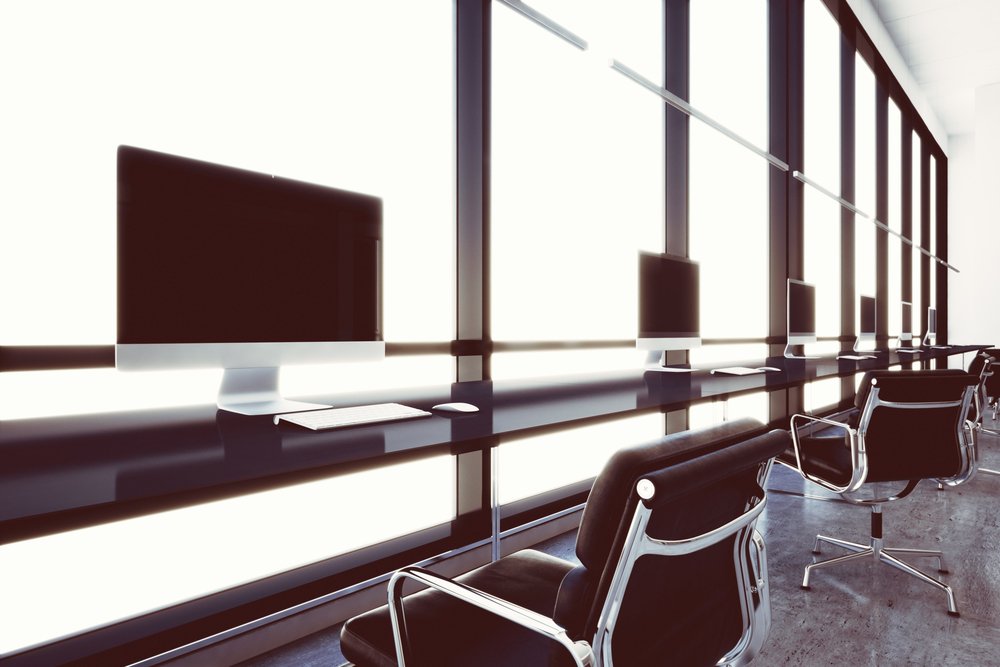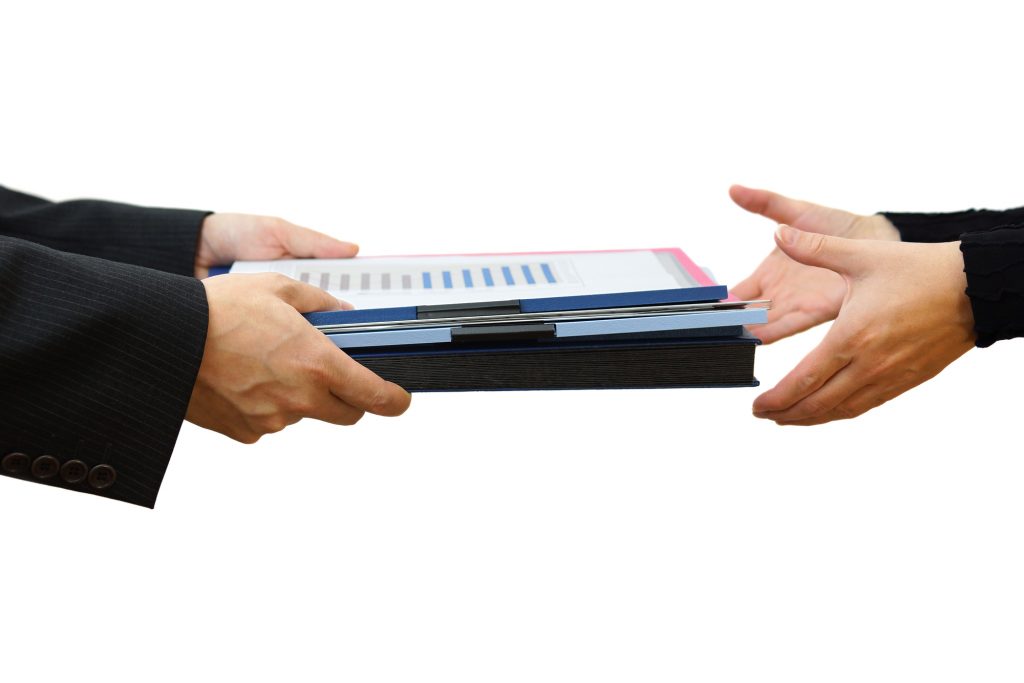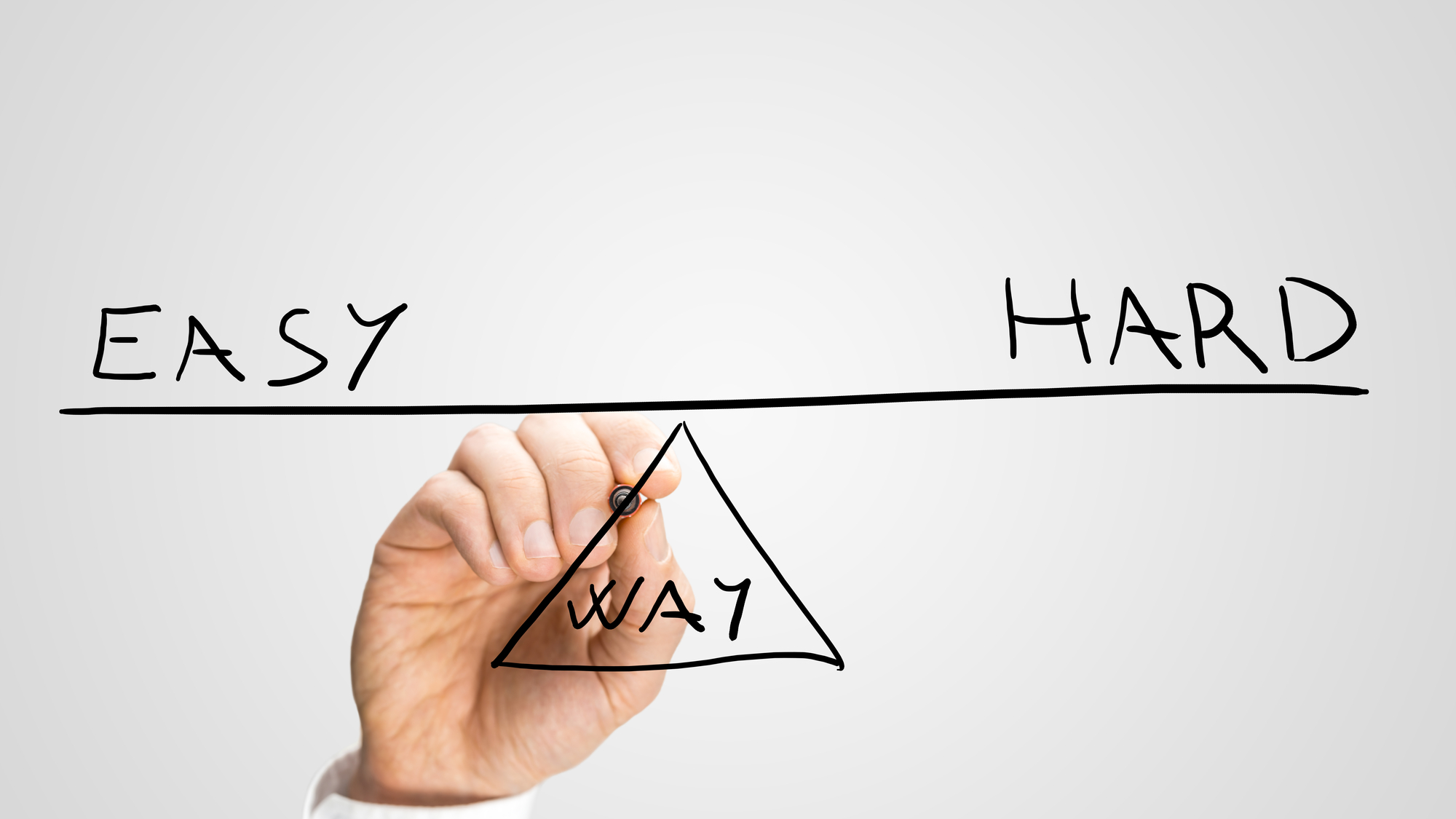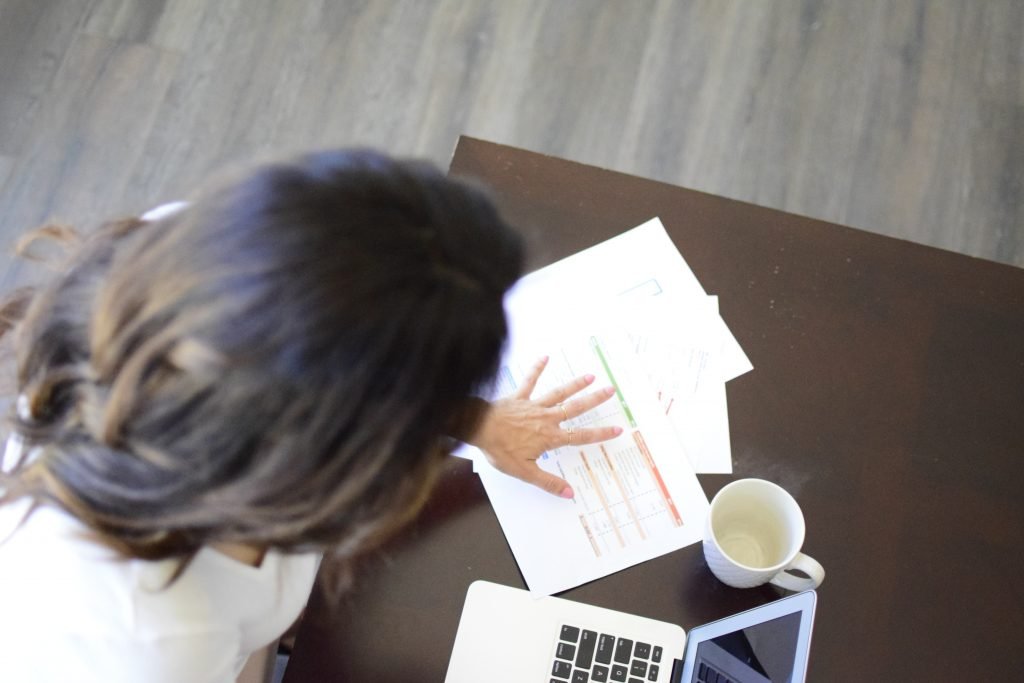
You may think that you don’t have time to get organized, but truthfully, you don’t have time not to. While it doesn’t do any good to rearrange piles of papers or clear off your desk if you don’t really file or eliminate anything, there are things you can do to establish an orderly and neat office space that increases your productivity and results in less time-wasting.
Rather than set aside day after day for a reorganizing project, do it a little at a time – then consider maintaining your office organization an ongoing project that you work on a little every day. Use these tips to get things off on the right foot:
1. Start with purging. Eliminate everything you don’t want or need. This means de-cluttering shelves of trinkets, emptying bins and wastebaskets and shredding papers you won’t use again. Start with a corner or a cabinet and get rid of everything you haven’t used recently. If it needs repair, give it to someone who can fix it. If it’s something of value that’s no longer needed, donate it to someone who can use it. If you have anything that collects dust but isn’t useful, send it on its way.
2. Redistribute. If you have items in your office that don’t belong there, give them back to their owners or return them to another part of the house or office building. Your office doesn’t need to be cluttered with things that don’t belong there in the first place.
3. Go for a zoned system. Determine what activities happen in each area of your office and make sure things that are used for those tasks are within reach. You might establish your desk as your workspace, your shelves, binders or file cabinets as a reference area and a particular closet, drawer or shelf as the supplies area, for example. Do you need a mailing or shipping center, a designing and creativity area or an entertaining or discussion space?
4. Label what you can. There’s no reason to go overboard, but it helps to label shelves, baskets and drawers with what goes in them. This helps you, as well as others who may have to invade the space while you’re at lunch or away on vacation.
5. Reconsider your filing system. We’re in the digital age, so you may not need to store certain papers at all. You certainly don’t need any duplicate files. File things by action – either physically or online – and create categories like “for a meeting”, “waiting on a response”, and “long-term storage”. Move items you won’t need for a while to a storage area and out of your workspace.
6. Organize your computer desktop too. Don’t let your computer derail your organizational strategy. Eliminate unnecessary files and junk from your desktop and all folders you use regularly. Folders that aren’t used often can be grouped together and hidden away.
7. Clean your desk every evening. De-clutter your desk before you go home, at the very least, using a spray cleaner to remove any spills, fingerprints or dirt so it looks fresh for your next workday. Your morning will be easier to approach if your desk is clean and clear.
Don’t forget to organize drawers, clear away any new piles that accumulate and deal with mail quickly and only once. Filter emails so you don’t see all the junk. Having trouble resolving an issue because you don’t know what needs to be done? Get help or outsource, if possible.
Everything you see, do, or touch in your work area should be properly organized. When you break organizational work into manageable tasks and do a bit every day, you can prevent becoming overwhelmed. You’ll never be finished with getting organized, but you don’t have to be behind in the game either.


 If you’re searching for tax and accounting services near me and aren’t finding what you need near you, a solution to your problem is available if you keep reading. For tax services San Diego and the surrounding communities can depend on, you need an experienced professional willing to provide courteous, personalized service.
If you’re searching for tax and accounting services near me and aren’t finding what you need near you, a solution to your problem is available if you keep reading. For tax services San Diego and the surrounding communities can depend on, you need an experienced professional willing to provide courteous, personalized service.


 Among the many stresses of starting and running a business is determining which accounting method is best for your situation. What is the difference between cash and accrual accounting? And does it matter which your business uses? Your choice impacts profit and cash flow in important ways, as you’ll see if you keep reading.
Among the many stresses of starting and running a business is determining which accounting method is best for your situation. What is the difference between cash and accrual accounting? And does it matter which your business uses? Your choice impacts profit and cash flow in important ways, as you’ll see if you keep reading. The IRS online tax payment system is called the Electronic Federal Tax Payment System – or EFTPS. All new businesses get an EFTPS letter through the mail in a real IRS letter envelope. Your business will get this letter even if you aren’t required to make estimated tax payments or pay electronically. The letter contains valuable information you may need if you need to make payments in the future.
The IRS online tax payment system is called the Electronic Federal Tax Payment System – or EFTPS. All new businesses get an EFTPS letter through the mail in a real IRS letter envelope. Your business will get this letter even if you aren’t required to make estimated tax payments or pay electronically. The letter contains valuable information you may need if you need to make payments in the future.
